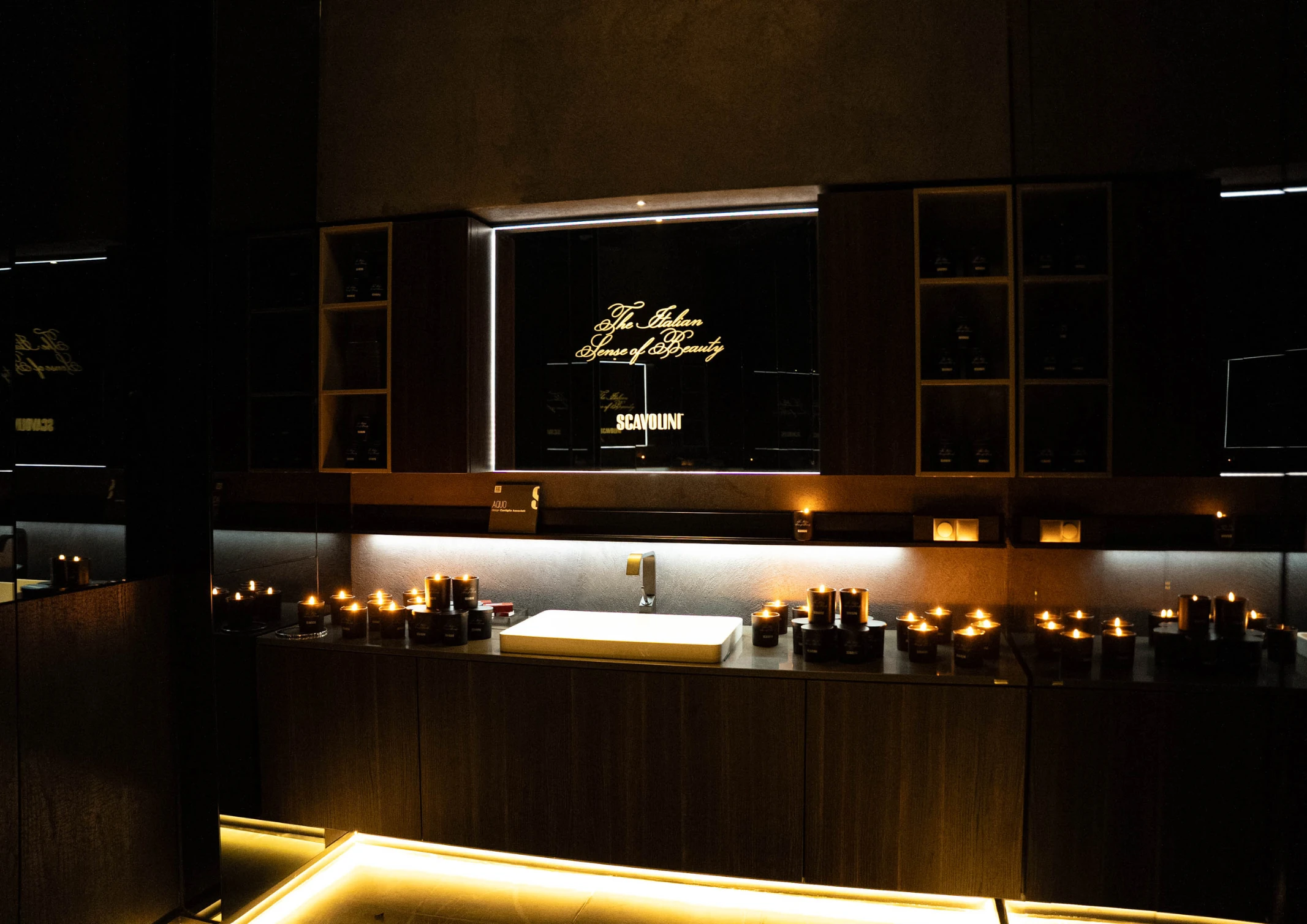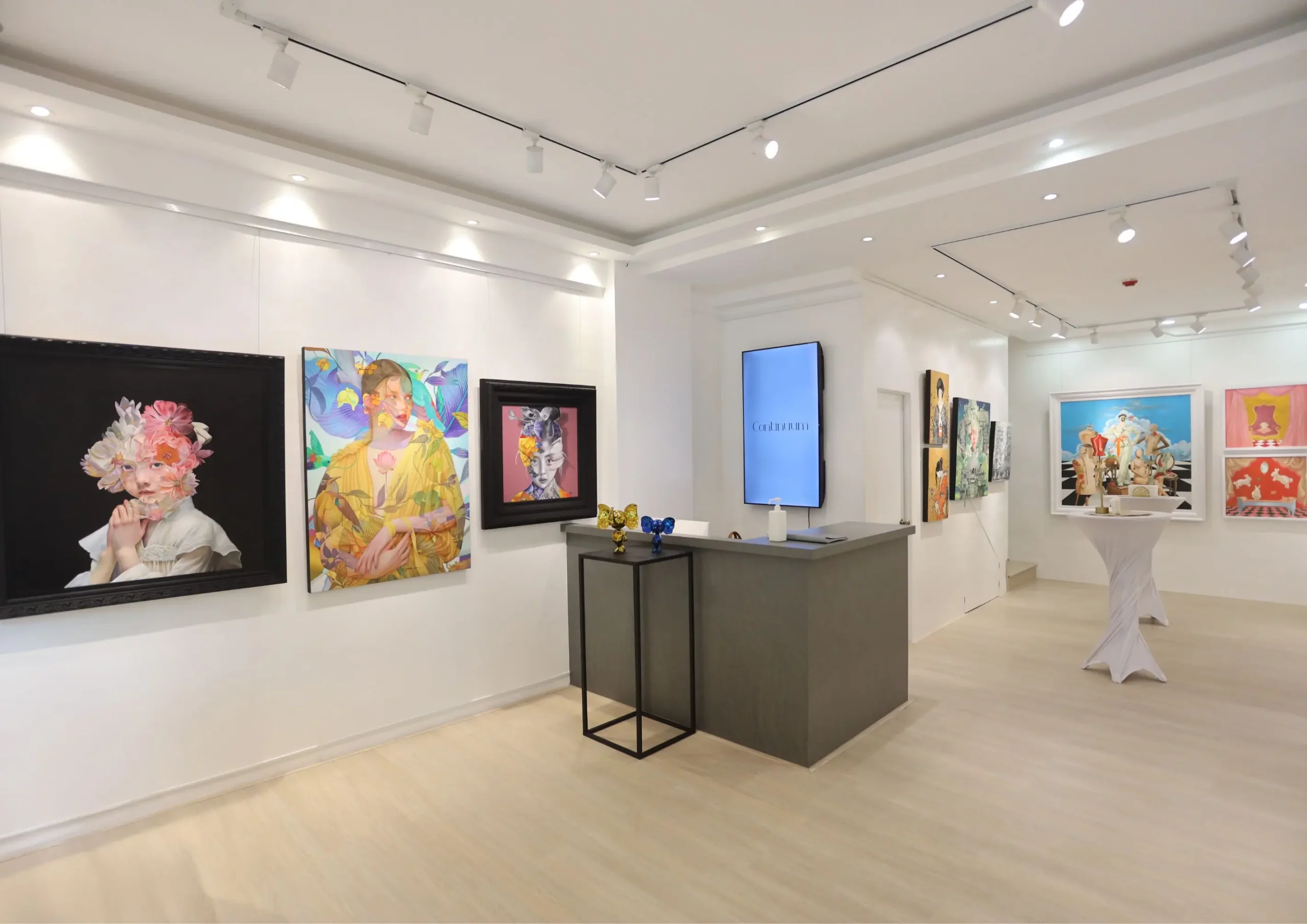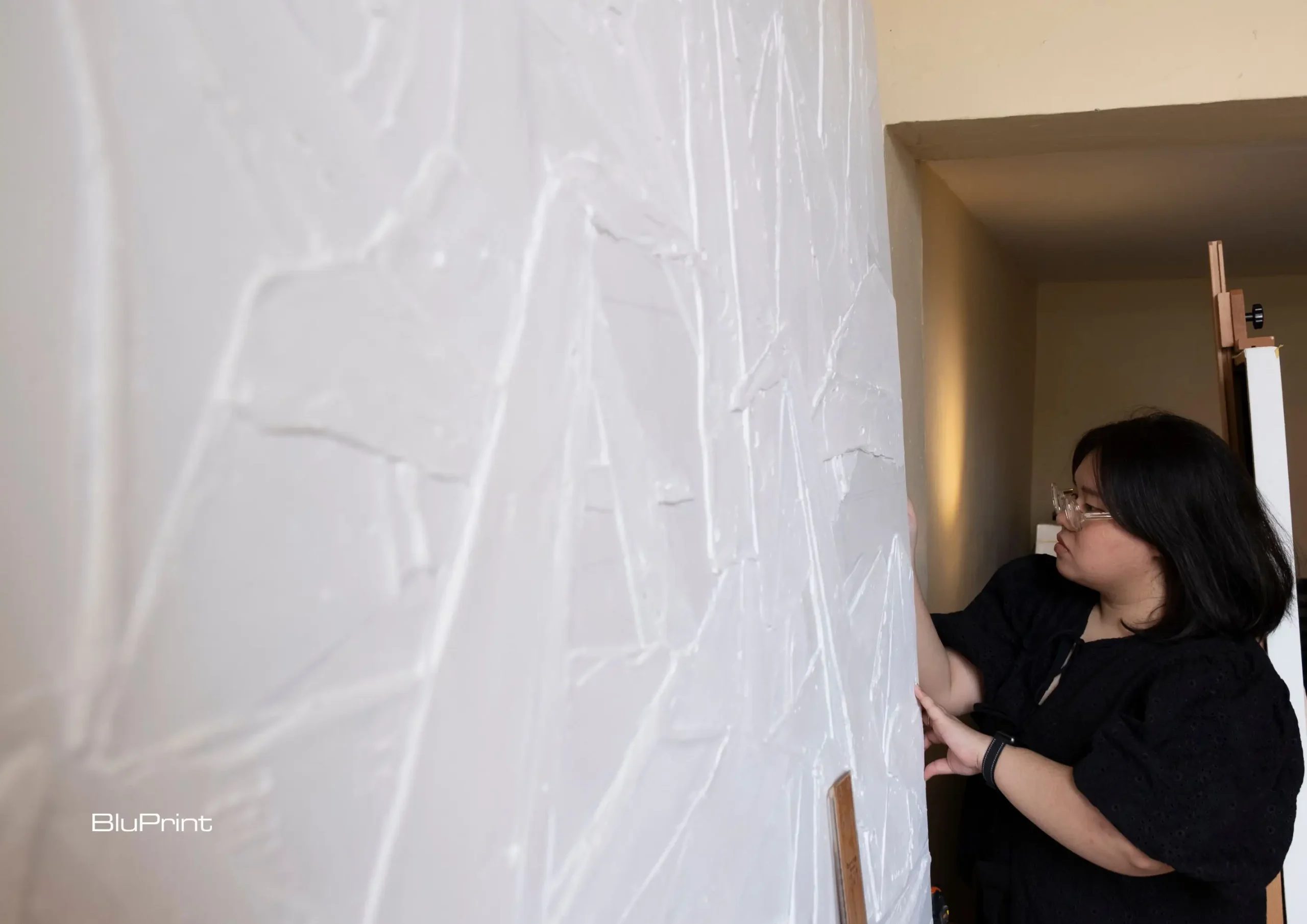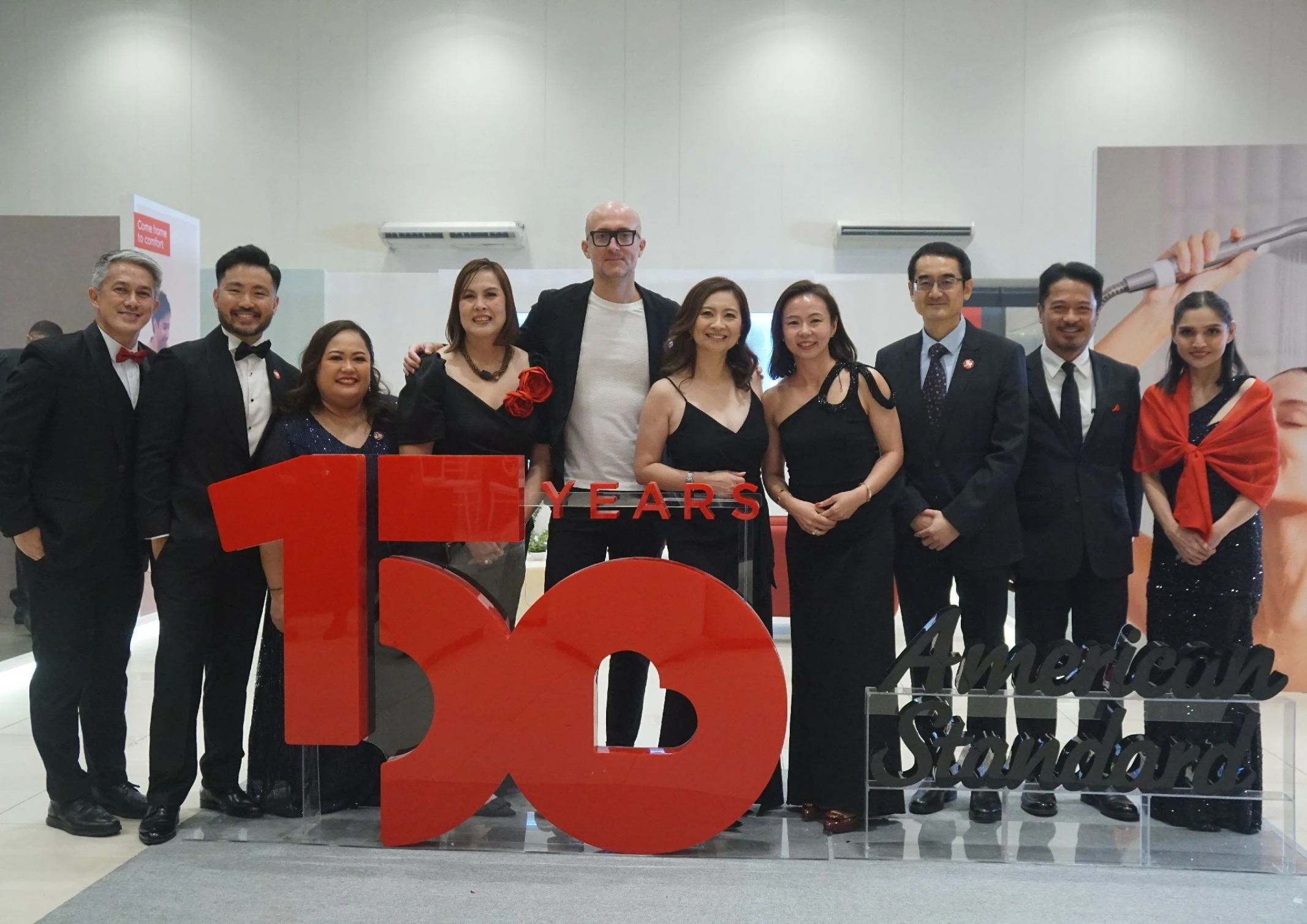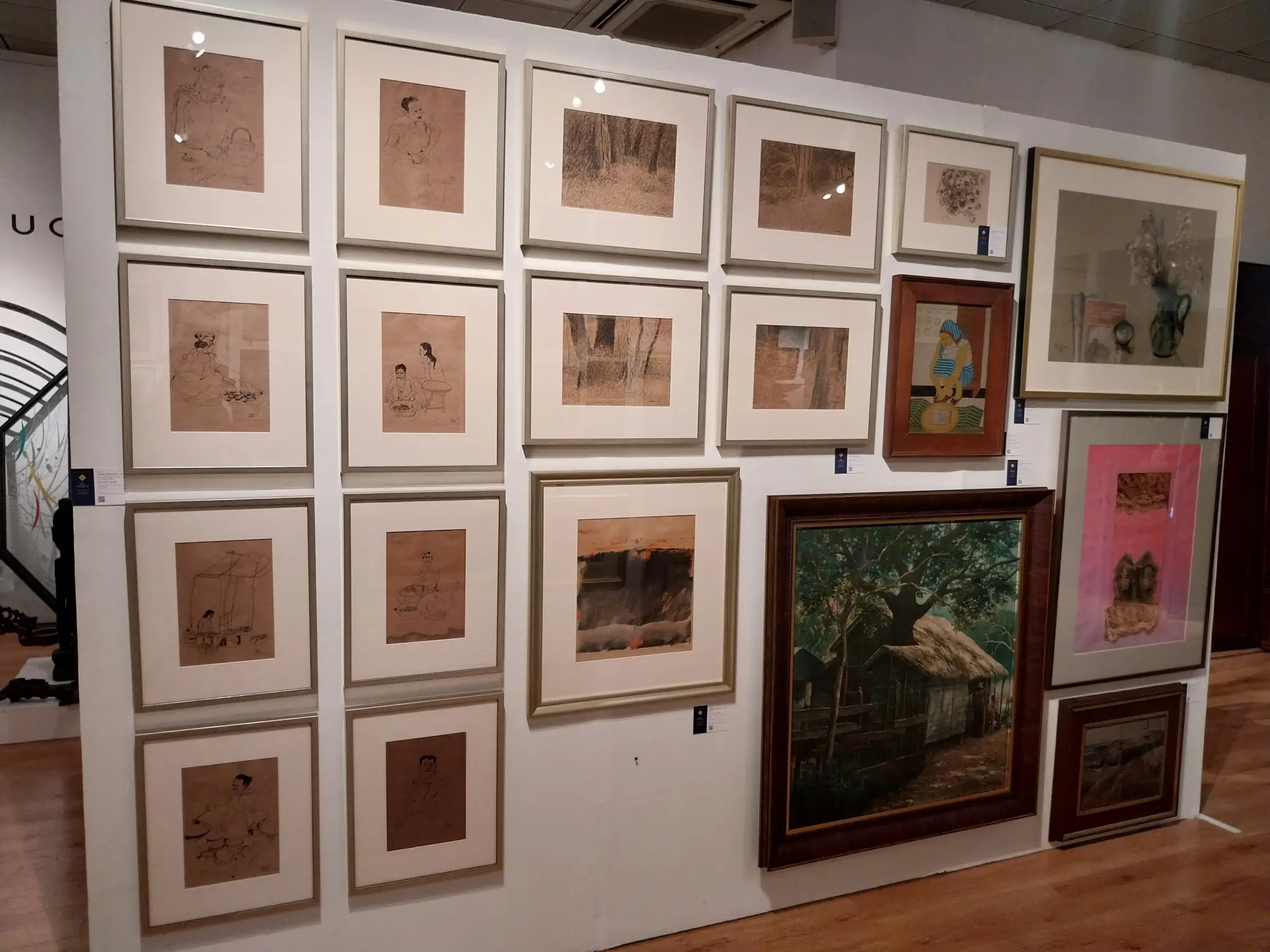There is no excerpt because this is a protected post.

The Artists’ Agenda and Creating Better Working Conditions for Cultural Workers
Why aren’t we treating the artists in our country better? That’s the challenge that the Concerned Artists of the Philippines (CAP) looks to address with the Artists’ Agenda.This is a five-point manifesto that calls for, among other things, more freedom of expression, more general funding for creative projects, and a stronger set of labor rights for artists and cultural workers.
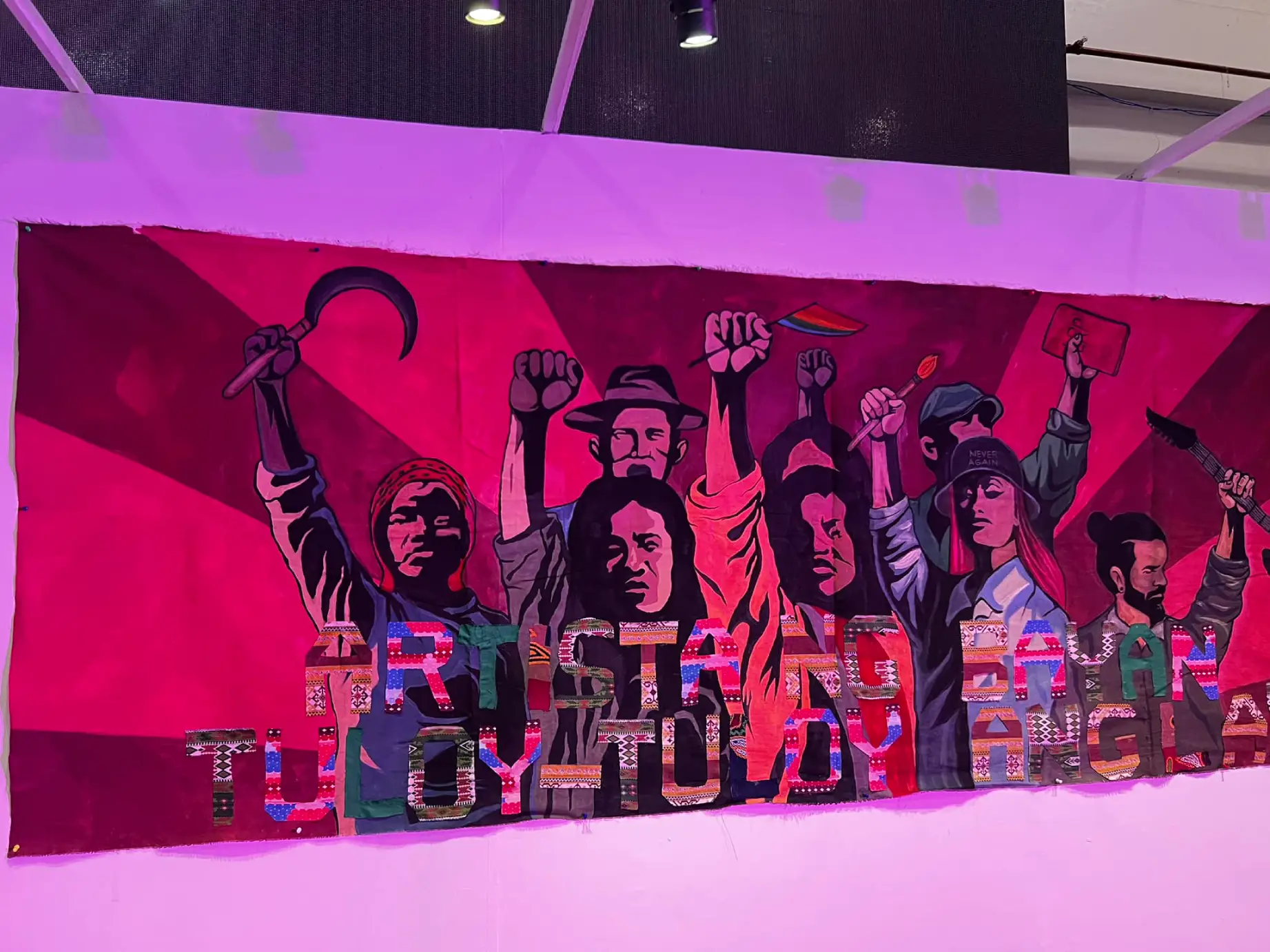
Officially released on May 9 before the 2025 Senatorial elections, the agenda is part of a broader initiative by CAP to increase awareness for the working conditions of artists and cultural workers within the country. This also includes an ongoing survey to collect data on what’s happening on the ground, and a potential annual “State of Culture and the Arts” report that would coincide with the State of the Nation Address.
To better understand the ideas behind the Artists’ Agenda and its necessity during this period of time in the country, BluPrint spoke with the secretary-general of the Concerned Artists of the Philippines, Edge Uyanguren, to learn more about the initiatives.
Investing More in Local Artists
One of the biggest concerns highlighted in the Artists’ Agenda is a need for better institutional infrastructure for cultural workers and activities. The Concerned Artists of the Philippines has been lobbying for more funding and support for artists from the government, especially those outside of Metro Manila.
Uyanguren shared that many artists in the provinces have been unable to find consistent funding and support from the government; if they do, many of these tend to be tied to the patronage system, dependent on the ruling personalities in the area rather than any official national program.
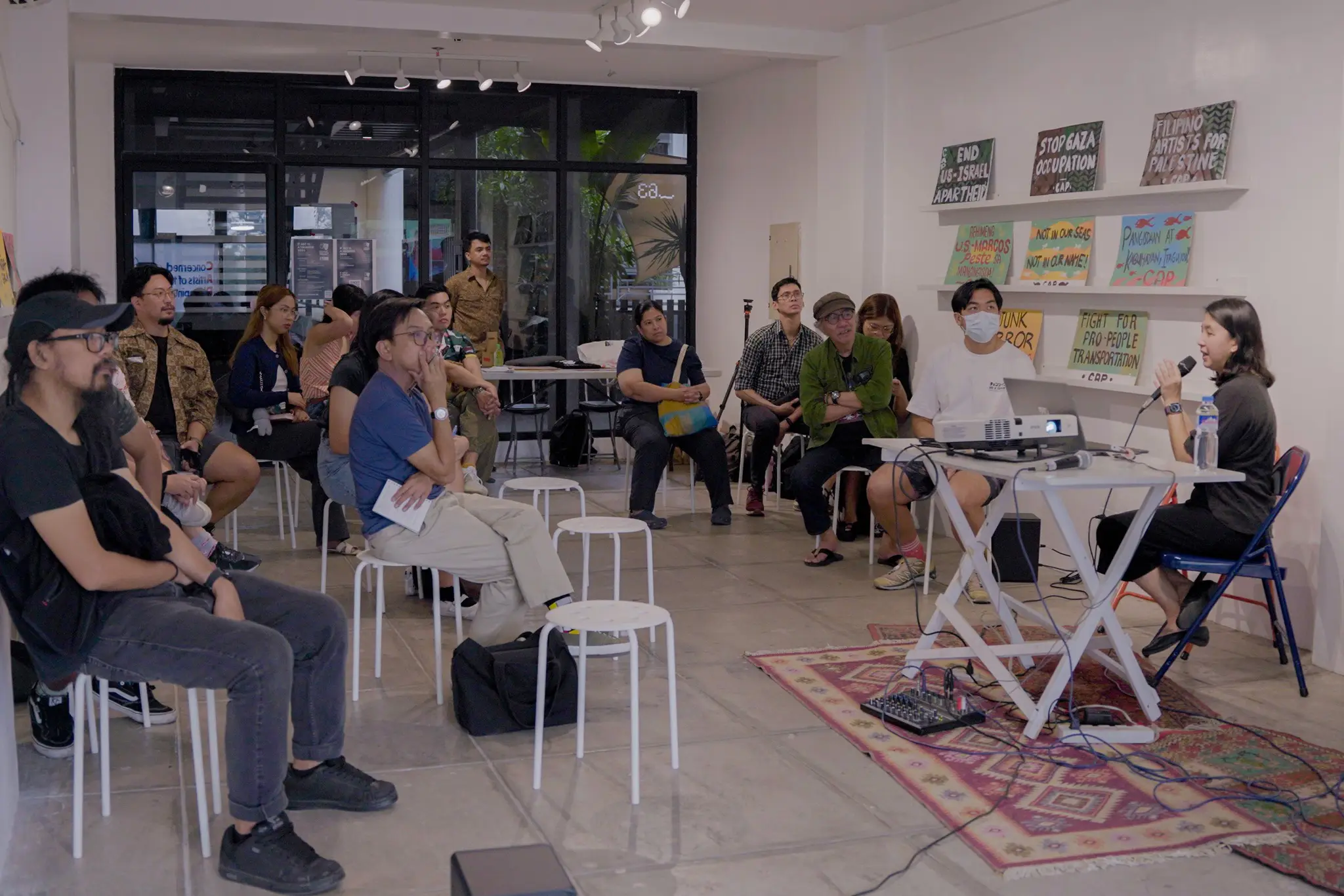
“Ginagamit as a tool yung support, kung may natatanggap man, through patronage,” he said. “Kung sino ang may mga pondo, it comes not as a natural source [na kung] art, meron talagang eksaktong pondo. Ang problema, iba-iba. Nagiging depende sa mayor, depende sa leader ng isang lugar. Wala siyang consistent na support all throughout the regions, the provinces.”
In the Artists’ Agenda, they call for consistent initiatives in the art sector that’s independent from the political machinery of whatever administration is in position right now. This includes initiatives at a local community level across the country, empowering artist-run organizations and collectives with public funds and support.
“Necessary na ma-identify [ang problema] para makapush tayo ng advocacy towards that: equitable access sa support na ito, not only in terms of grants, incentives, and services but yung talagang deserve ng groups na ito. They can continue their production, they can continue their dissemination of their art in the same [way] na na-e-enjoy ng mga nandito sa Metro Manila,” Uyanguren said.
The Importance of Worker’s Rights
Another salient point found in the Artists’ Agenda is the welfare of cultural workers and artists across the board. Like many workers in general, different fields of cultural work—from film productions to fine art—suffer from instability of employment status and income.
Many tend to work long hours in freelance or gig work, forcing them to undergo precarious employment status while having to wait up to three months or more for their pay. And even then, despite contributing to the creation of the works, many tend to see minimal monetary reward for their work—not in the form of shared profits nor even in simple benefits like health insurance.
“Artists are also workers,” he said. “Kasi minsan tinitignan natin na ito na lang [ang artist], siya na lang ang painter. Pero sa likod noon, marami. It’s a collective when you do an art[work]. Hindi lang naman na iisang tao ang gumagawa nito. This is a collective expression, a collective effort; napakarami at maraming hindi napapangalanan. Sa CAP, kinikilala namin na lahat ng mga may contribution sa collective expression na iyon ay bahagi ng artists.”
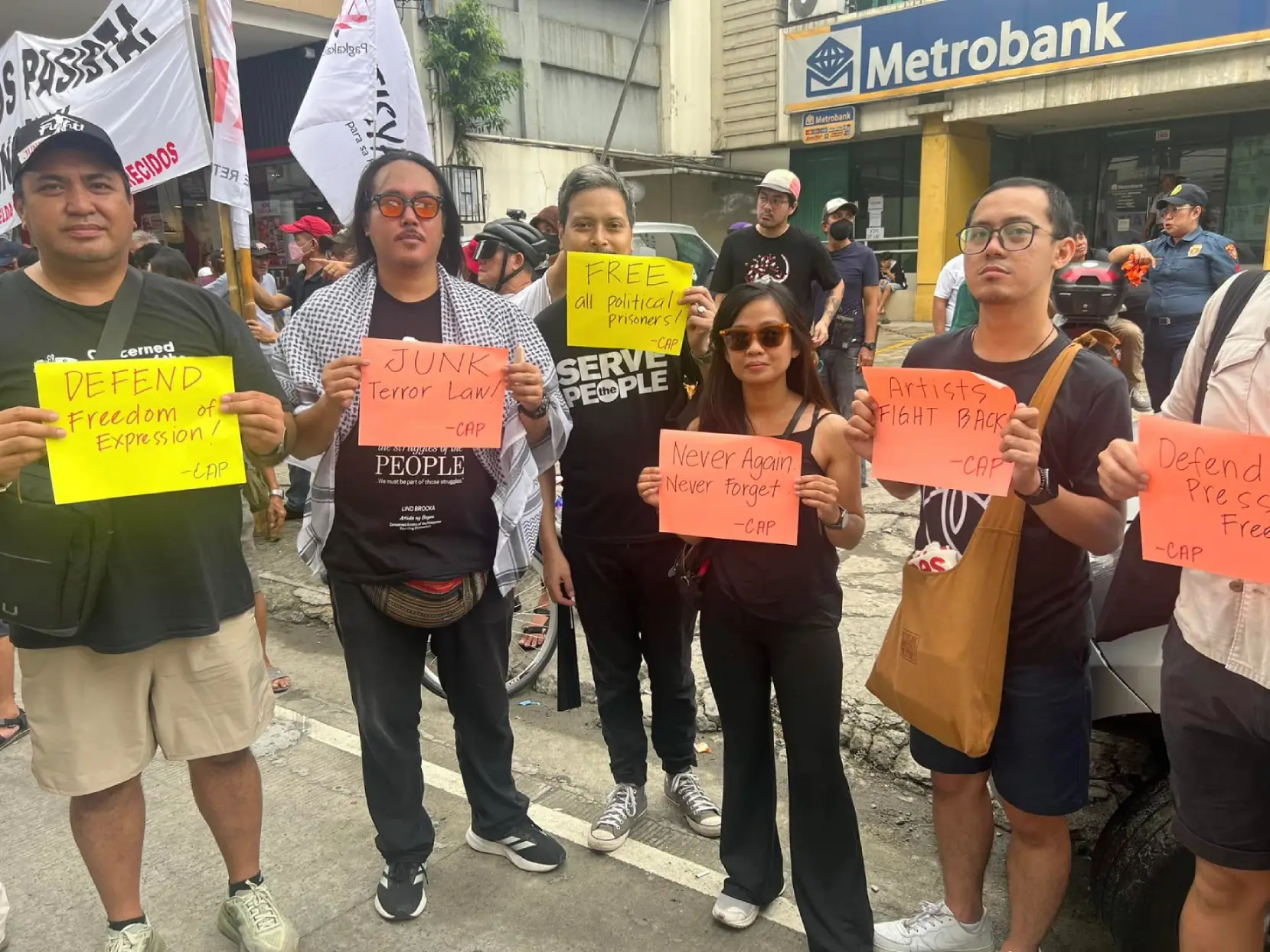
The Need for Spirited Protection of Workers’ Rights
With that, the Concerned Artists of the Philippines are calling for a stronger adherence to the country’s Labor Code, and the improvement of the working conditions of cultural workers in the country. “We are protected with the same minimum wage law, work hours; nandoon naman. Dapat sundin iyon at i-improve pa nga,” he said.
Uyanguren cited Republic Act No. 11996, also known as “the Eddie Garcia Law,” as a positive development in this regard, but cites the need for more proactive measures to ensure the safety of cultural workers across the country.
“Kahit na meron na tayong Eddie Garcia Bill and everything, hindi niya kayang saklawin lahat,” he said. “Marami siya hindi kayang tugunan kaya we find it necessary to have that agenda para mahimok namin yung ibang organizations to really defend the situation for artist.”
Making A Living As An Artist
That adherence is also important because of CAP’s belief that an artist should be able to freely pursue their art without worrying about their finances and ability to survive. Uyanguren shared that, as a musician, he only gets to give around 10% of his energies to his craft. Most of his energies go to his day job as a faculty member at the UP Diliman College of Social Work and Community Development.
This is the reality that most live through day by day.
“Ang hirap mag-push ng art mo sa ganyang situation,” he said. “Ang sarap mag-produce, ang sarap mag-contribute sa isang creative na output, pero ang hirap naman noon kapag ang kinabubuhay mo hindi ka kaya buhayin, o bubuhayin ka pero mangungutang ka muna.”
Even for people who are full-time artists, a risk exists for those without any wealth to fall back on. As artistic work can sometimes be a short term, gig-to-gig existence. It carries the challenge of constantly finding new work to replace the old—making it hard to survive in situations where you can’t find a replacement to the income you were receiving in the past.
“Hangang-hanga ako doon sa mga full-time artists [because] it’s really a risk to take. Pwede kang may gig ngayon, pero sa susunod na araw wala kang gig. And we all realized that during the pandemic because ang dami talagang yun lang ang inaasahan nila sa kanilang trabaho, yung kanilang likhang sining. And without any support, wala talagang kinakabuhay,” he said.
Censorship in the Philippines
The Concerned Artists of the Philippines was originally founded as part of the Free the Artist, Free the Media movement to battle censorship during Martial Law. And that remains an important issue for CAP, as censorship is one of the key points they’re fighting in the Artists’ Agenda.

Uyanguren cites different government bodies like the Movie and Television Review and Classification Board and the Anti-Terrorism Act of 2020 as moves by the government to censor critical art and protests, respectively.
An example that was given was last year’s Alipato at Muog, a documentary on the forced disappearance of activist Jonas Burgos. This film was originally given an X rating because it could “undermine the faith and confidence of the people in their government and/or the duly constituted authorities,” before being re-rated to R-16 after protests.
Beyond those, artists like Alvin Fortaleza and writers like Amanda Echanis have been imprisoned on what different groups call “false,” “redtagging” charges aimed to silence their criticism. Fortaleza was the leader of the Bohol arm of the Anakpawis partylist, while Echanis was an organizer under the Cagayan chapter of AMIHAN.
The Artists’ Agenda urges lawmakers to reassess and change the laws as a way of creating a system that allows for freedom of expression without worrying about the government’s reaction to any critical media.
“Systems must be established to monitor attacks on artists, provide legal and welfare support, and defend political prisoners and persecuted cultural workers. We demand the urgent review of laws and policies that suppress dissent and cultural freedom,” the agenda states.
Creating a World Made for Artistic Pursuits
Instead of such actions, Uyanguren said that the government could create a more supportive environment for artists. This means more freedom of expression, but it also means an easier pathway in general for artists to organize together. He says that CAP wants an easier pathway for the creation of smaller organizations focused on the welfare of artists.
“Part of our agenda is to really support [the] forming of organizations,” he said. “And when you say support, not only creating these organizations, but creating better landscapes para sa mga organizations na mag-flourish.”
Uyanguren suggested different ideas that the government could do to help the arts flourish in the country: from dedicated desks for artists’ concerns to free venues for artists to congregate in.
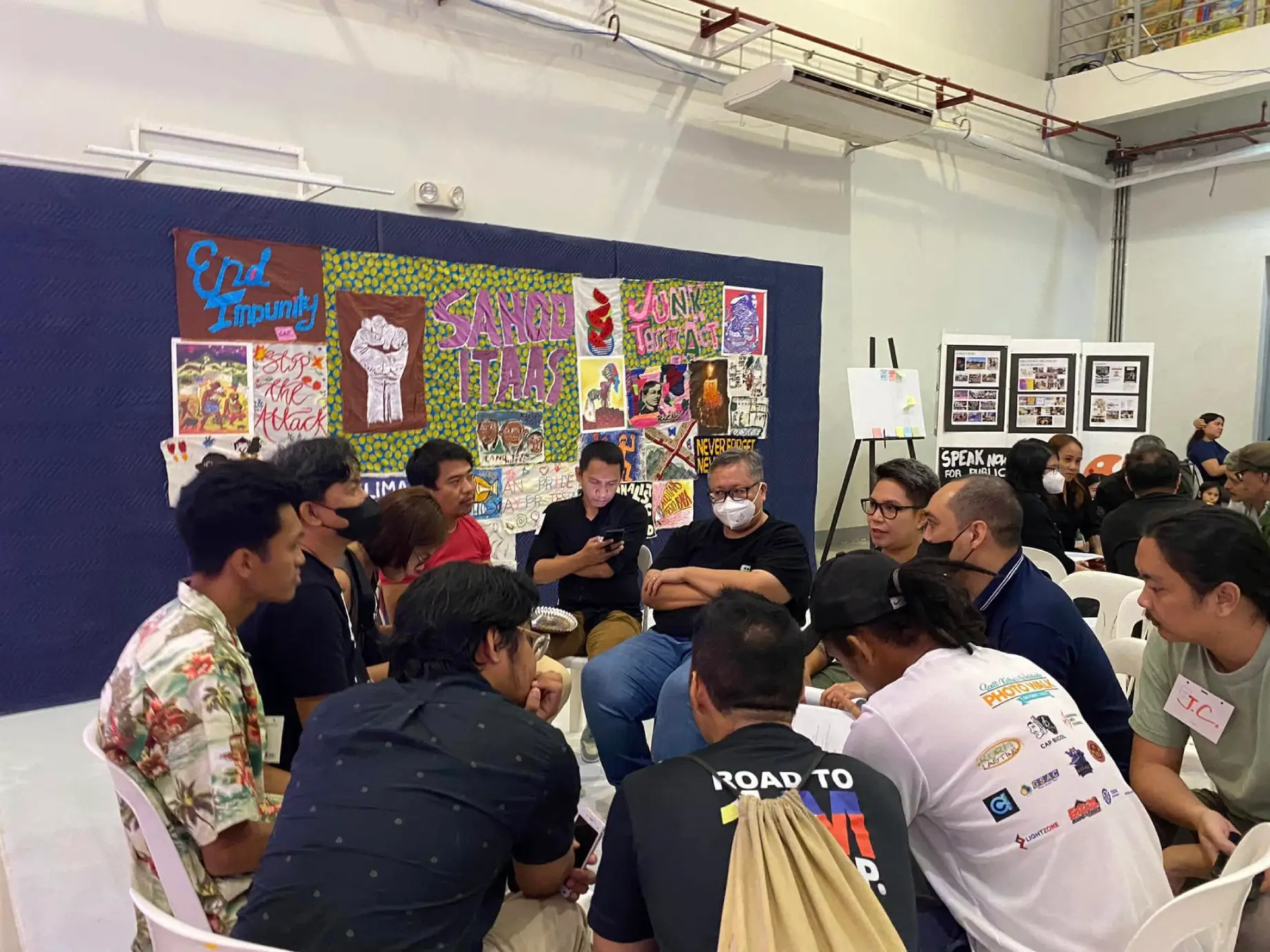
“If we can provide venues for art organizations to meet, malaking tulong na iyan,” he said. “If that could be provided, malaking tulong iyon sa mga organizations. They could really talk, they could really share.”
He added that the government could make it easier for art organizations to legally register to the Securities and Exchange Commission (SEC), potentially by putting it through the National Commission for Culture and the Arts (NCCA).
“Lagi-lagi hinahanapan ka ng ganitong mga papel, ang daming mga requirements,” he said. “That should be made easier for all organizations to [acquire]. We can go with the paperworks, pero wag pahirapan, wag gawing obstacle at red tape. Dapat encouraging, dapat it should be an environment that supports: ‘kung nahihirapan, paano ka namin matutulungan?’ Pero ngayon hindi: ‘kung wala ka, bahala ka.’”
A Better Future Starts with a Better Vision
The vision behind the Artists’ Agenda is to create a more united front of multiple organizations fighting for the future of cultural workers in the country. It is a fight that the Concerned Artists of the Philippines cannot do alone, Uyanguren admitted. That’s why they published the Agenda in the first place: a way to move the needle towards cultural workers’ rights in the country.
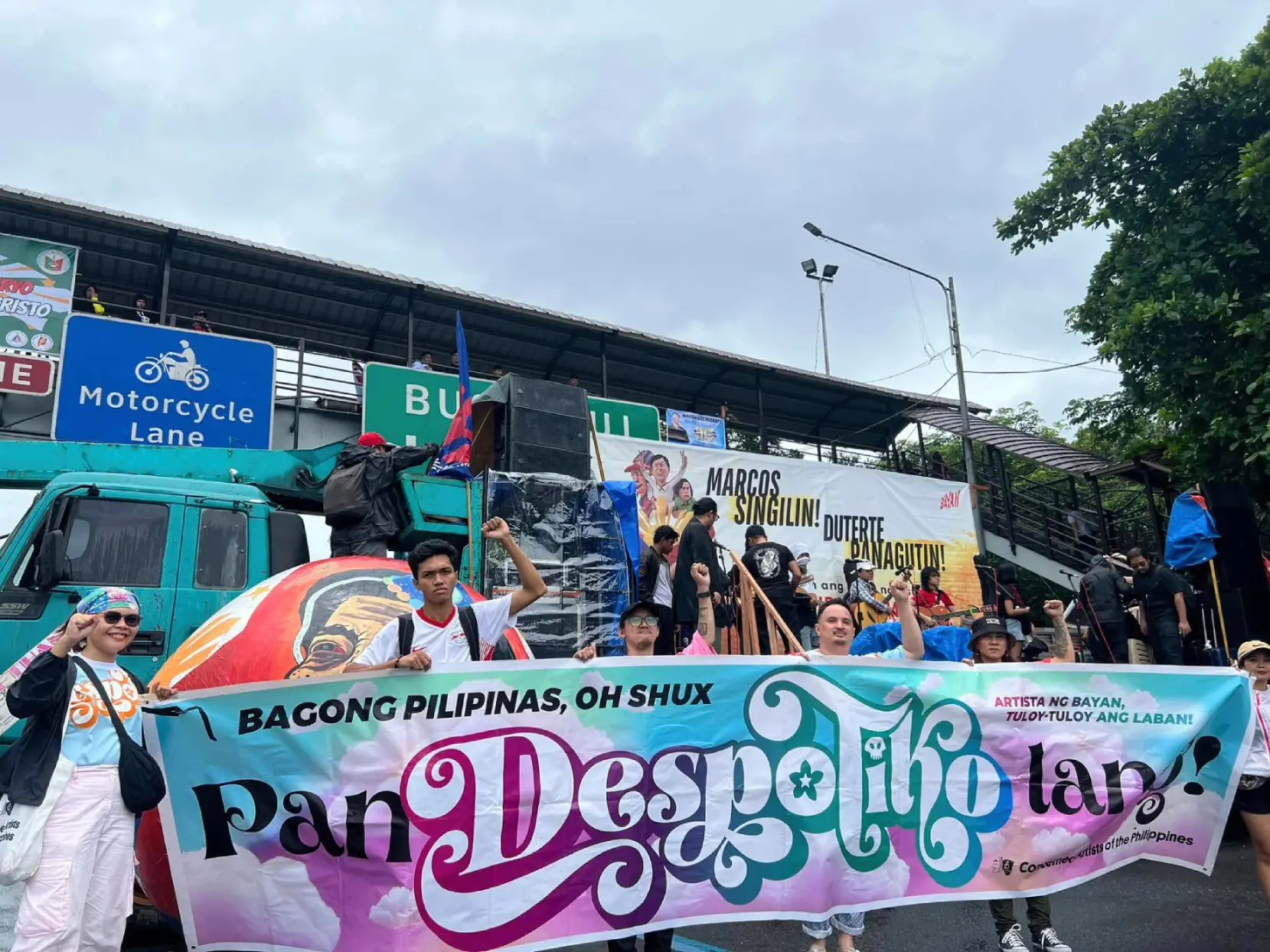
Uyanguren hopes that putting these demands on the forefront will help create continuous momentum for better working conditions in the country. Not only that, he said, but that companies will be put into a mindset that better conditions can equal better outputs from the artists.
“Yun ang nag-yayari sa ibang bansa, pinoprotektahan nila, malaki ang value nila, may premium sa mga workers nila. Magandang change-mindset iyon: the more we protect our workers, the more value [we can create],” he started.
“We could create works of art o mga obra; siguro maganda iyon—tignan natin, baka mag-iba ang landscape [ng Philippines] the more we give premium to workers’ rights and welfare, mas gaganda ang output natin. We have not reached that stage yet so it could be a wonderful thing to change. Paradigm shift siya for those in the industry. Try it! Baka mas gumanda ang output mo, baka mas manalo tayo ng mga awards.”
Photos provided by the Concerned Artists of the Philippines.
Related reading: ABAY Tribute Exhibit Showcases the Artist’s Role in Resistance

